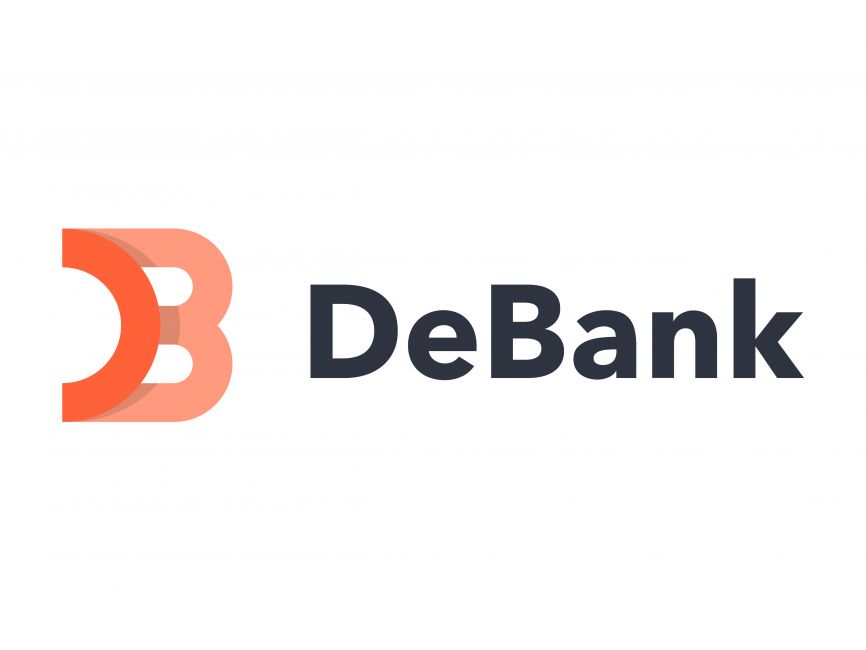Okay, so check this out—managing multiple DeFi positions across different protocols is a total headache. Seriously, I’ve lost track more times than I care to admit, especially when yield farming gets involved. At first, I thought, “Eh, I’ll just eyeball my wallets.” But then, wow, that chaos quickly snowballed into this tangled mess of token balances, staking rewards, and unpredictable gas fees that made me wanna pull my hair out.
Something felt off about relying on scattered tools or manual tallying. You know, those Excel sheets you keep updating but somehow always forget to sync? Yeah, that’s me. Initially, I figured DeFi was supposed to simplify finance, but juggling protocol histories and yield farming returns manually is anything but simple. It’s like trying to read tea leaves while riding a roller coaster.
What really bugs me is how every platform has its own quirks and data formats. On one hand, it’s empowering—tons of innovation happening. But on the other, the fragmentation kills any hope of a smooth, unified overview. Actually, wait—let me rephrase that. It’s not just fragmentation; it’s the lack of reliable, real-time analytics that can keep up with fast-moving DeFi strategies without crashing your brain.
That’s where wallet analytics tools step in. These platforms consolidate your portfolio and track your protocol interactions automatically, offering a bird’s-eye view of your digital assets. No more hopping between exchanges, staking dashboards, or random DeFi apps to check your yield farming stats. And yeah, I’m biased, but one standout I keep coming back to is the debank official site. It’s like having a personal assistant who remembers all your DeFi moves, so you don’t have to.
Really? Yep. I remember the first time I plugged in my wallet address on Debank, and it instantly mapped out my entire DeFi footprint, from liquidity pools to lending positions. At that moment, I thought, “Whoa! This is the kind of clarity I’ve been craving.”
Now, here’s the kicker—yield farming, while lucrative, is notoriously difficult to track accurately. Rewards accumulate in different tokens, sometimes auto-compounded, or even harvested across multiple protocols simultaneously. My instinct said there had to be a better way than juggling a dozen tabs and hope I’m not missing something crucial.
Tracking yield farming properly means accounting for impermanent loss, fluctuating token prices, and protocol-specific reward mechanisms. And honestly, most of us don’t have the time or brainspace to compute all that mentally. The good news is wallet analytics platforms automatically crunch these numbers, giving you a real-time snapshot of your actual yield versus risk exposure.
On one hand, this automation sounds perfect, but actually, there’s nuance. Some analytics tools lag behind on new protocols or don’t support certain chains fully. So, you gotta pick your tool wisely, knowing their coverage limitations. (Oh, and by the way, if you’re dabbling across Ethereum and Binance Smart Chain, make sure your tracker spans both.)
Let me tell you about a moment when protocol interaction history saved my bacon. I once had a confusing mix-up involving a DeFi loan I didn’t realize I’d taken out. Without a consolidated history, I might’ve missed a repayment deadline, risking liquidation. Debank’s timeline feature showed exactly when I interacted with each protocol, making it clear as day. It was like having a transaction diary that never forgets.
Imagine that: all your DeFi moves laid out chronologically, revealing patterns and risks you might overlook otherwise. That transparency is invaluable, especially if you’re experimenting with multi-protocol strategies or cross-chain arbitrage. I’m not 100% sure how all this will evolve as DeFi scales, but right now, such wallet analytics feel indispensable.

Why You Can’t Just Wing It Anymore
Here’s the thing—DeFi’s promise is decentralization and user empowerment, but ironically, it’s made portfolio management more complex than ever. When I first got into crypto, tracking a few coins was straightforward. Fast forward a couple years, and with all the liquidity mining, staking, and cross-chain bridges, it’s like trying to herd cats blindfolded.
Many users still rely on basic wallet explorers or isolated dashboards, which only paint partial pictures. This partial info can lead to costly mistakes, like missing out on yield opportunities or, worse, overlooking hidden liabilities. That’s why integrated wallet analytics platforms that combine portfolio snapshots, yield farming trackers, and detailed protocol interaction histories are game changers.
Actually, it’s not just about convenience. It’s about security and strategy. Knowing your exact exposure helps you avoid liquidation or impermanent loss traps. For example, if you see a sudden dip in your farming rewards or a protocol upgrade you missed, you can react faster. This proactive stance can save you serious money.
So yeah, while I’m all for exploring new DeFi frontiers, I’ve learned the hard way that flying blind is a recipe for disaster. Tools like the debank official site help mitigate that risk by giving you comprehensive, real-time insights—no more guesswork.
One last thing I gotta admit: sometimes I get overwhelmed by all the data these analytics provide. It’s like drinking from a firehose. But I guess that’s better than being in the dark. Plus, many of these tools let you customize alerts or focus on key metrics, so you don’t drown in info overload.
In the end, DeFi may never be simple, but with the right analytics, it becomes manageable—and even kinda fun. At least, that’s my take. I’m still learning, and every day brings new puzzles, but having a reliable wallet analytics partner makes the journey less bumpy.
